Maha, the Path to OER-Enabled Pedagogy, and Technological Determinism
Iterating Toward Openness
JANUARY 24, 2019
Among other things, the post discusses her role in my decision to abandon the phrase “open pedagogy” and adopt the phrase “OER-enabled pedagogy.” Even though it paints me in a fairly poor light, I recommend that you read it. ” (For more detail, reference the blog posts listed above.).






















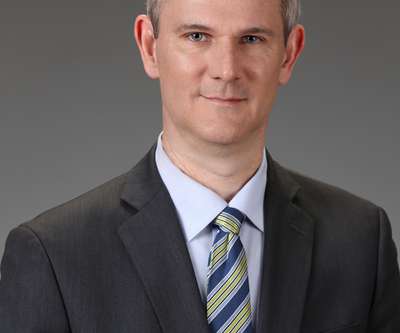
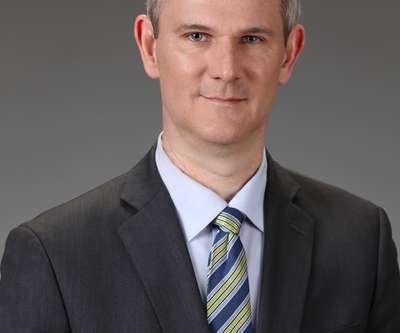
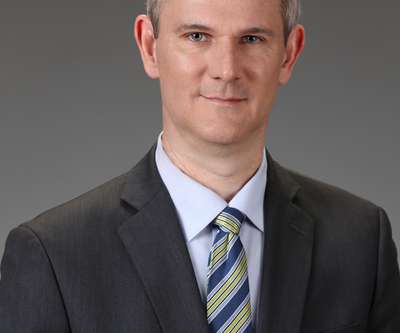


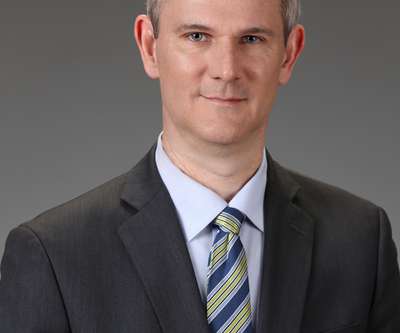
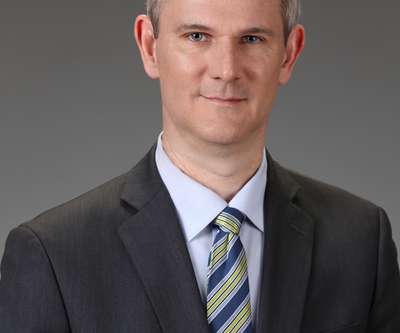

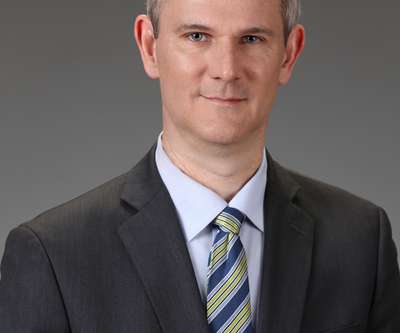
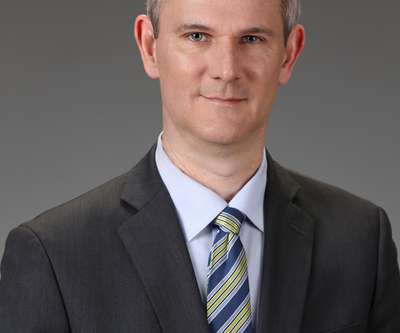


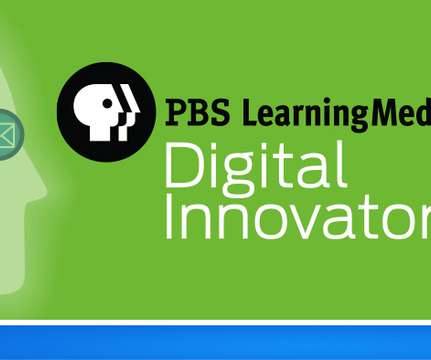









Let's personalize your content